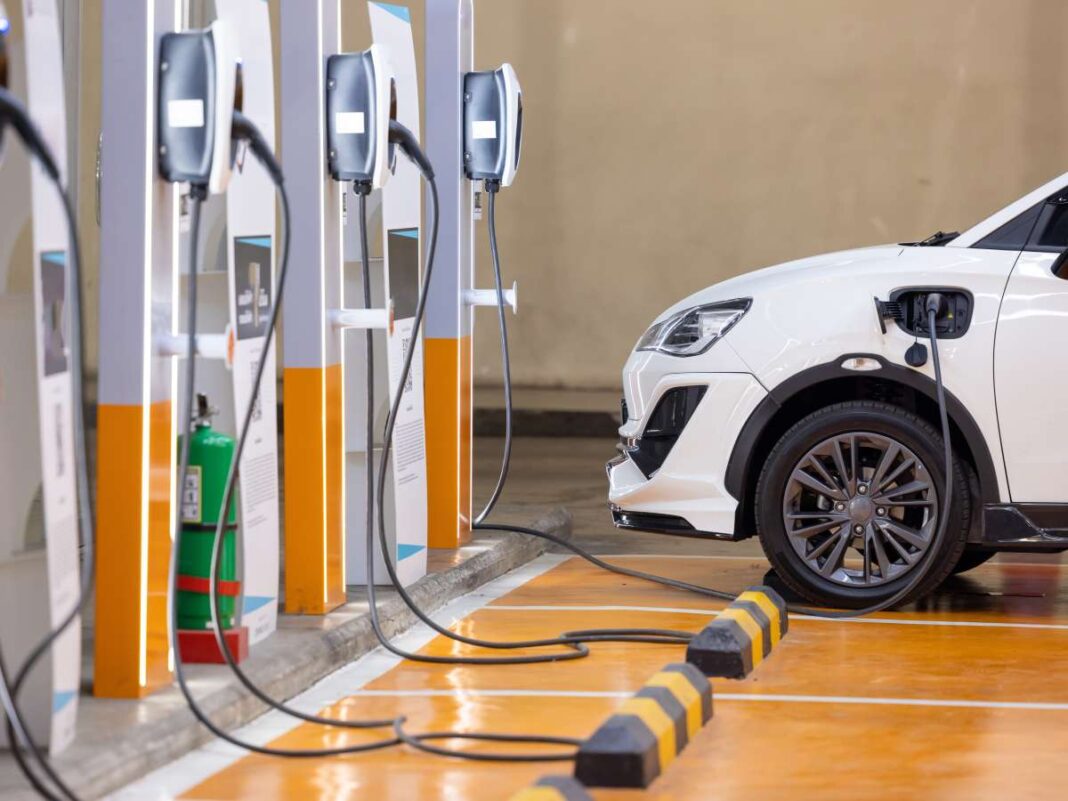The shift towards electric vehicles happening worldwide is more than just a transition in transportation; it’s a revolution in infrastructure, economy, and environmental stewardship. As the number of electric cars on the road surges, so does the critical need for expansive and efficient EV charging infrastructure. This article explores how electrified highways and charging networks are expanding worldwide, driving innovation, job creation, and sustainable growth.
The Surge in Electric Vehicle Adoption
The rapid adoption of EVs underscores the necessity for a comprehensive charging network. While many EV owners charge their vehicles at home, public charging stations are essential, especially in urban areas where private parking and charging access are limited. Governments worldwide are investing in charging infrastructure in their decarbonization efforts, offering tax incentives for station installations, and mandating new buildings to include charging capabilities.
Bridging the Infrastructure Gap
Despite the growing number of EVs, many regions lag in installing sufficient charging points. In the United States, over 1.2 million public charging points are needed by 2030 to meet demand. Similarly, the United Kingdom requires around 300,000, and Europe needs over 3.5 million. This shortfall presents both a challenge and an opportunity for stakeholders.
Companies like Gilbarco Veeder-Root are stepping in to bridge this gap. They provide comprehensive solutions for fuel retailers, including site selection, funding options, cutting-edge hardware and software, and onsite energy storage integration. Their focus on DC fast-charging technology aims to make charging more accessible and reliable.
Job Creation and Economic Opportunities
The expansion of EV charging infrastructure is not only an environmental imperative but also an economic boon. According to the International Council on Clean Transportation (ICCT), over 160,000 jobs will be created in the country by 2032 due to the buildout of EV charging infrastructure. Close to 50% of these jobs will focus on electrical installation, maintenance, and repair.
These jobs span various sectors, including charger assembly, planning, general construction, and legal services. The study emphasizes that strategic policies can enhance public investments in EV infrastructure, fostering high-quality jobs that offer competitive wages and benefits.
Innovations in Charging Technology
Technological innovations and advancements play a key role in expanding EV infrastructure. Innovations such as pop-up chargers, wireless charging, and multifunctional light poles are emerging to address the limitations of traditional charging methods. For instance, ultrafast charging technology aims to significantly reduce charging times, enhancing the appeal of EVs for long-distance travel.
In Norway, the government has developed a comprehensive network of public charging stations to accommodate the rising number of EVs. Similarly, China focuses on fast charging deployments to mitigate limited home charger access in densely populated regions.
Global Commitments and Policies
Countries worldwide are setting ambitious targets and policies to accelerate the deployment of charging infrastructure. The European Union’s AFIR regulation mandates public charging coverage for heavy-duty vehicles, requiring fast chargers every 60 km along major transport networks by 2025. By 2030, Europe’s public LDV chargers are projected to grow to around 2.7 million.
Challenges and the Road Ahead
While progress is evident, challenges remain. The installation costs and maintenance of charging stations can be substantial. Operational hurdles include monitoring downtime, finding reliable service partners, and integrating charging solutions into existing infrastructure.
To address these issues, companies are adopting holistic approaches. Konect, for example, offers an integrated ecosystem for energy management, allowing operators to enhance efficiency and profitability while ensuring reliable charging services. By proactively addressing these challenges, stakeholders can capitalize on the EV market shift and support the broader transition to electric mobility.
Conclusion
The expansion of EV charging infrastructure is pivotal in shaping a cleaner, more efficient transportation system globally. It drives not only environmental benefits but also economic growth and job creation. As we embrace this electrified future, collaboration among governments, sectors, and communities will be essential to ensure that the infrastructure progresses along with the accelerating adoption of electric vehicles.

